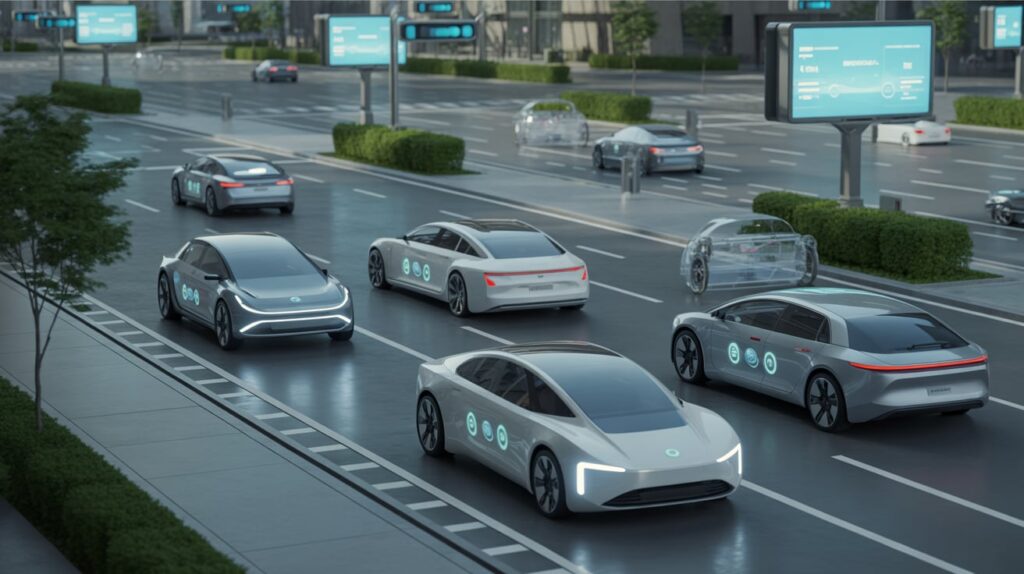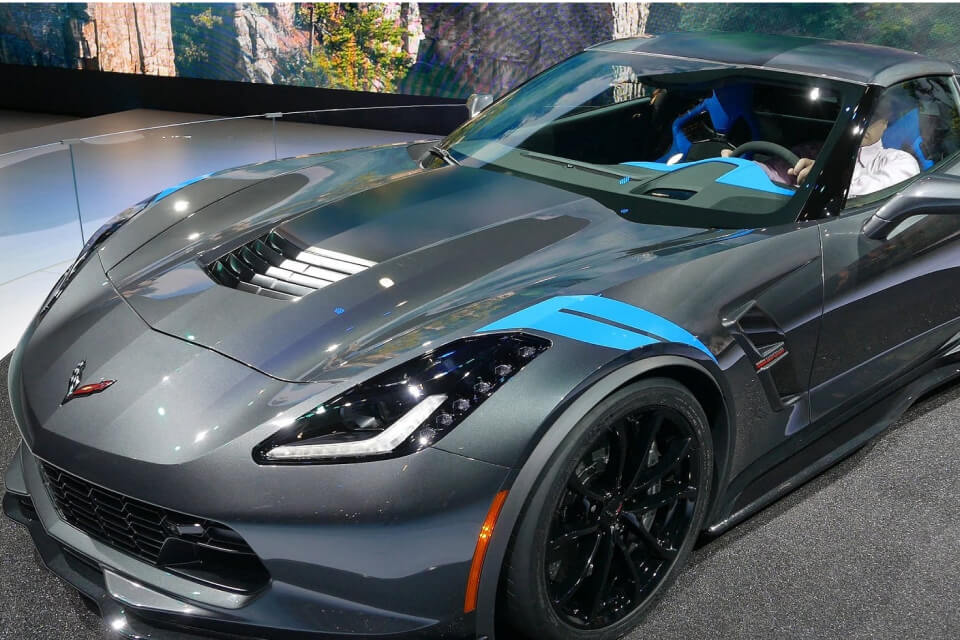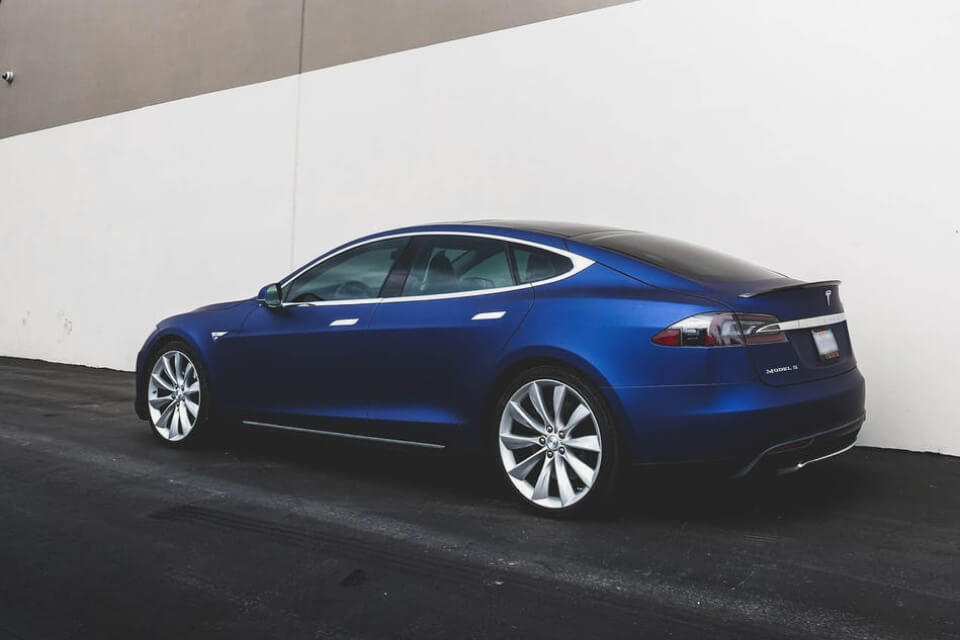Travel today is changing fast. What used to be only about reaching from point A to B is now about efficiency, comfort, safety and environment. The rise of smart mobility cars is opening a new era where transportation is not only a machine but also a smart companion that makes life smoother. These cars are no longer just vehicles, they are technology platforms on wheels. From electric vehicles that reduce pollution, to autonomous driving that promise safer journeys, to connected cars that speak with traffic systems, this transformation is already shaping our daily lives.
The question is not if the future of cars will change, but how fast it will happen. In this blog we explore the revolution of smart mobility cars, their role in shaping eco friendly transport, and why this trend is the strongest foundation for future mobility.
The Rise of Smart Mobility Cars
From Traditional Cars to Intelligent Machines
Just a decade ago cars were mechanical machines with engines and fuel tanks. The new generation of smart mobility cars is very different. They are designed to think, to adapt and to communicate. The shift is not only about moving on electricity but about adding intelligence to every layer of driving. Cars now can sense the environment, predict driver behavior and make decisions.
This transformation is same like when mobile phones became smartphones. Once a car could only drive, now it can navigate traffic, connect to apps, and suggest faster routes. The change is so fast that many people don’t realize how advanced the cars are becoming year after year.
Why Smart Mobility Cars Are Needed
There are many reasons behind this rise. Population in cities is growing, traffic jams are longer, pollution levels are higher and fuel prices are unstable. Governments push automakers to adopt eco friendly transport systems. At the same time customers are looking for safety, comfort and cheaper running cost.
Smart cars answer all of these needs. Electric power reduces pollution and fuel cost. Autonomous driving reduces accidents. Connected features save time on the road. People no longer see cars just as vehicles but as part of lifestyle and sustainability.
Industry Shift and Market Growth
Every major automobile company is now investing in this field. Tesla was among the first movers, but now Toyota, BMW, Hyundai, Ford and many others are building their smart mobility divisions. Reports predict that the market value of future mobility industry will cross trillions of dollars in the next 10 years.
Investors see this as the next big industry after smartphones and internet. Governments are offering tax breaks for electric vehicles, and city planners are preparing for roads that will work with connected cars. The momentum is too strong to ignore.
Key Features Defining Smart Mobility Cars
Electric Vehicles Leading the Change
The first and most visible feature is electrification. Electric vehicles are no longer experiments, they are real cars on the roads. With battery ranges going above 400 miles and charging networks expanding, adoption is increasing every year. The biggest advantage is lower cost per mile and no dependence on expensive fuel.
Environmental benefits are huge. Cities with large EV adoption already show better air quality. For example, Norway has more than 70 percent of new car sales as EVs, and the result is visible in cleaner streets. EVs are the backbone of eco friendly transport.
Autonomous Driving for Safety and Comfort
Self driving cars are one of the most exciting but also most debated features. Autonomous driving use cameras, sensors and AI to control the car without human hands. Some levels of autonomy are already common like lane assist, automatic braking, and adaptive cruise control.
The long term promise is to remove human error which is the biggest cause of accidents. While fully driverless cars are still being tested, the progress is visible. Every year the systems get smarter. Families, elderly and people with disability will benefit the most from this shift.
H3: Connected Cars and Smart Ecosystems
Another key feature is connectivity. Connected cars are like smartphones on wheels. They communicate with other cars, with traffic lights, with navigation systems, even with home devices. This means the car can warn you about accidents ahead, suggest less crowded routes, or even book a parking spot before you arrive.
This ecosystem makes travel efficient. Imagine traffic jams reduced because every car knows where others are going. It is not science fiction anymore. Cities in Japan and Europe are already testing connected transport systems.
Benefits of Smart Mobility Cars for Society
Reducing Pollution and Saving Energy
Traditional cars running on petrol and diesel produce harmful emissions. With millions of cars on road, pollution becomes life threatening. Smart mobility cars, especially electric vehicles, solve this problem by reducing carbon emissions. If powered by renewable energy, the impact is even stronger.
Energy saving is another big factor. EVs convert more than 60 percent of energy into motion compared to only 20 percent for petrol engines. This means less energy waste and long term economic benefits.
Making Roads Safer with Technology
Every year thousands of people die in road accidents. Human error like speeding, drunk driving, or distraction is usually the cause. Autonomous driving aims to remove these risks. By using sensors and AI, smart cars react faster than humans. Automatic braking can prevent crashes, lane keeping can avoid drifting, and alert systems can warn of danger.
This is not only about saving lives but also reducing insurance cost and healthcare burden. Safer roads are a win for everyone.
Enhancing Daily Life Convenience
Imagine never having to search for parking again, or your car driving itself while you relax. That is the level of comfort future mobility promises. Connected cars sync with calendars, plan trips, adjust climate controls, and even order services on the go.
This convenience makes life smoother. Parents can send kids to school safely in autonomous shuttles. Workers can use travel time for productivity. Mobility becomes not only movement but also an extension of lifestyle.
The Future of Mobility and Challenges Ahead
What the Next Decade Holds
In the coming decade, smart mobility cars will become common sight on every road. EV adoption will be mainstream. Self driving taxis will appear in major cities. Smart traffic systems will communicate with cars. And more countries will set deadlines to ban petrol cars.
By 2035, experts believe majority of new car sales will be eco friendly transport models. The industry will also merge with tech companies, making cars as much digital as mechanical.
Challenges of Infrastructure and Cost
But the road is not without hurdles. Charging stations are still limited in many countries. Batteries are expensive. Developing full autonomous driving requires billions in research. Many people still don’t trust machines over human drivers.
Cost is another barrier. While EVs are cheaper to run, their initial purchase price is high. Governments must provide subsidies until technology becomes affordable for everyone.
Society, Policy and Acceptance
Technology alone cannot bring change. Policy and acceptance matter. Governments need to create laws for driverless cars. Cities must redesign roads for connected cars. And people must learn to trust smart systems.
Privacy is also a concern. A connected car collects huge amount of data about location, habits and preferences. If not handled carefully, this can become a risk. Balancing convenience with privacy will be an important debate in the coming years.
Conclusion
The journey of smart mobility cars is not just about vehicles, it is about the future of how humans move, live and connect. With the integration of electric vehicles, autonomous driving, connected cars, eco friendly transport and other technologies, travel is entering a new era.
Challenges exist, like infrastructure, cost and policy gaps, but the direction is clear. The future of mobility is smarter, cleaner and safer. For businesses, governments and individuals, adapting early to these changes will unlock new opportunities.
From cleaner air in our cities to safer journeys on highways, from saving time in daily commutes to enjoying smarter services, the promise of future mobility is huge. The age of smart mobility cars has already started, and it is only going to accelerate from here.




